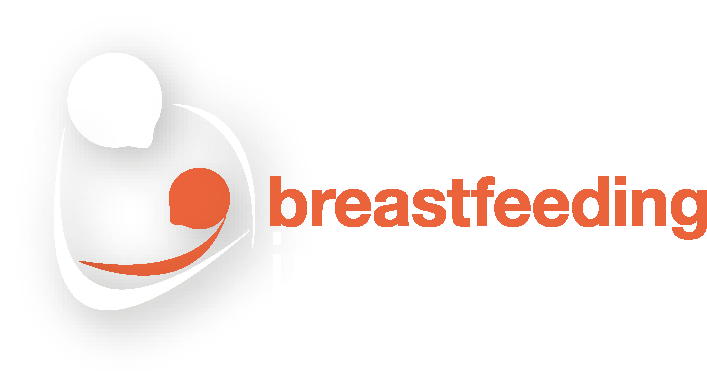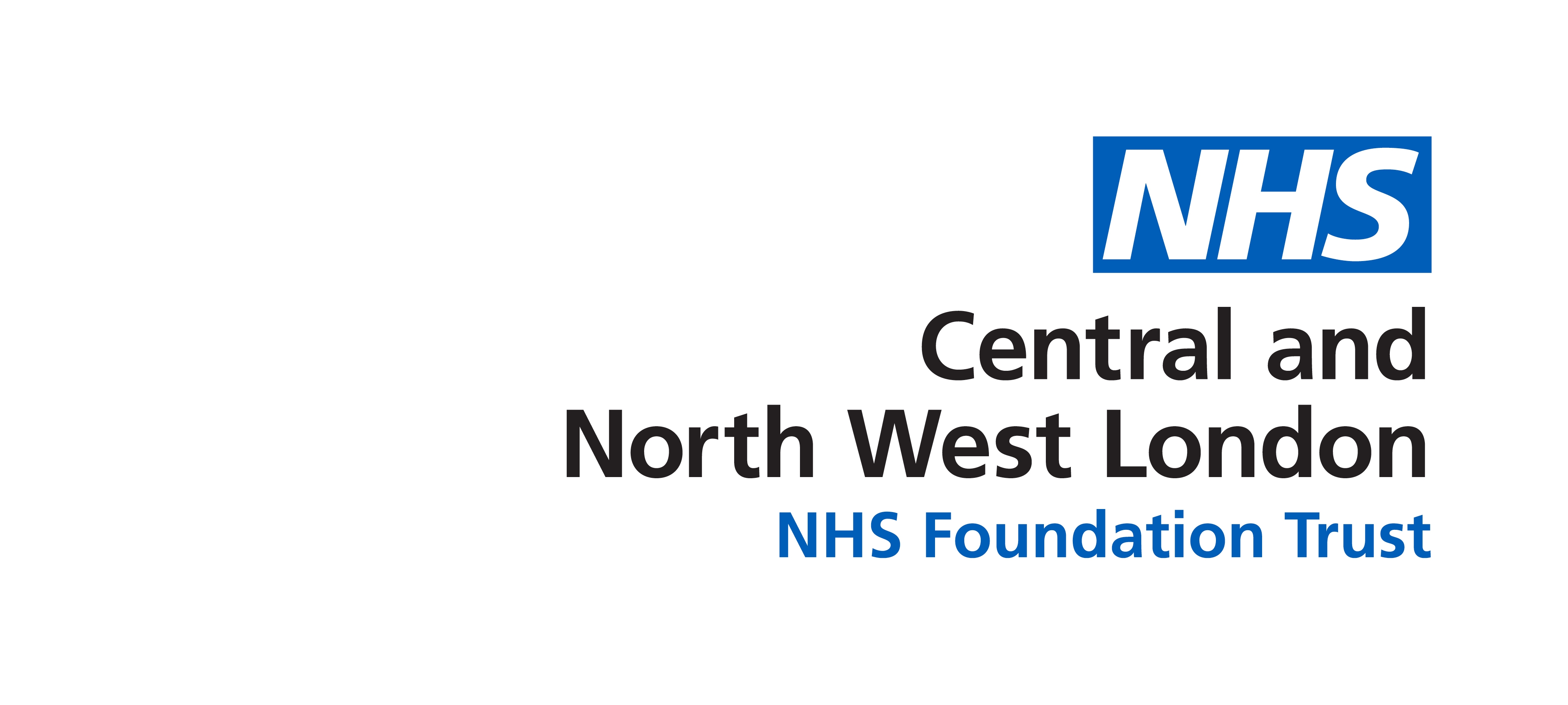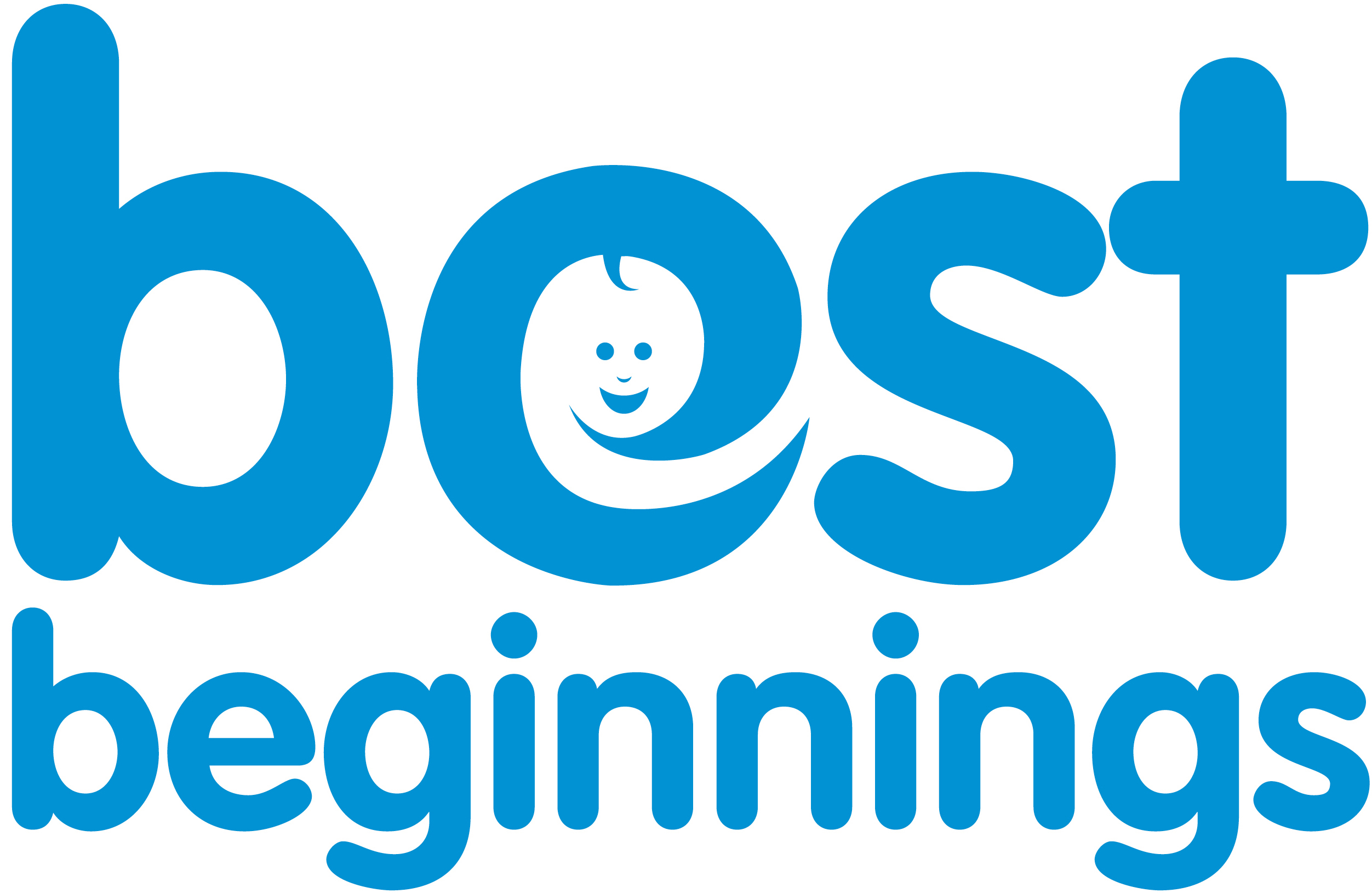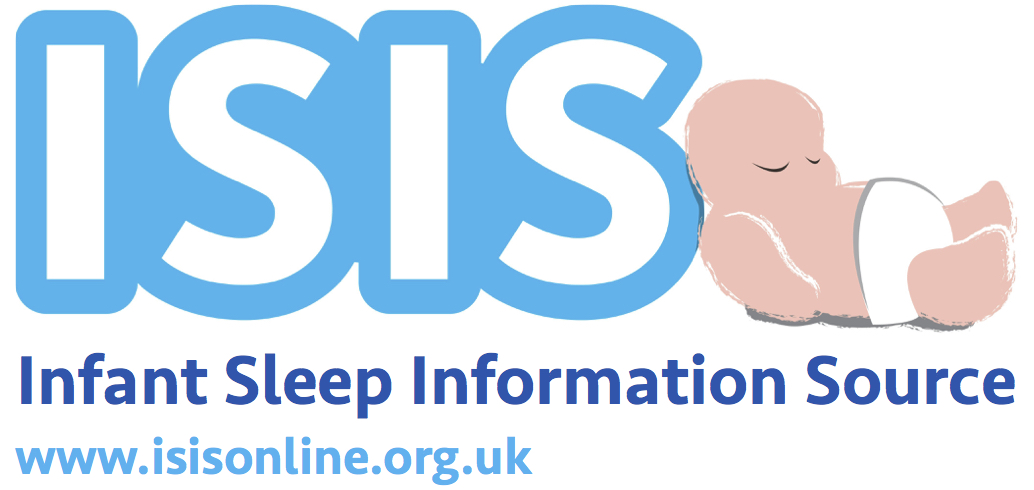Early Breastfeeding Challenges including Weaning off Nipple Shields

As a first time mum, I expected breastfeeding to be fairly easy. It’s the most natural thing in the world, right? And the video they show you in the antenatal classes where the baby crawls up and self-latches was obviously going to happen to me… Wrong! After a short yet very intense labour which was induced with the syntocinon drip, I was exhausted and dazed when my beautiful son Ronnie arrived. And not surprisingly, so was he! I knew the importance of skin on skin but wrongly thought it was only the first hour after birth that was important for establishing breastfeeding and after an hour, my boy had decided that pooing on my chest and sleeping were preferable to eating! I was a bit concerned but the midwife instantly reassured me. “Not to worry,” she said breezily, “if he doesn’t feed in the first 24 hours, then that’s fine”, before she scurried away to an emergency, leaving us alone in the delivery suite for 7 long hours with no support. Her words gave me a false sense of security and I have to admit I gave up on skin on skin in favour of a shower and some rest. If I had known what I do now, I would have kept his soft little naked body pressed against me for as long as it took for him to try and feed.
Hours passed and my little man got sleepier and sleepier. We were transferred up to the recovery ward and once there, midwife after midwife would hastily attempt to get him to latch, shoving his small head on my breast as I lay back helplessly, before giving up and declaring him a “lazy” baby. That night, after 24 hours with only a small syringe of colostrum in his stomach that my husband had patiently hand expressed, I felt really worried. All the other babies were crying and he didn’t utter a peep. It turns out he was too exhausted to and was diagnosed with mild jaundice. I was immediately urged to give him formula and tried from a cup but he was too tired even for that so we reverted to a bottle. This turned out to be one of my biggest regrets which still haunts me 8 months on. Why oh why didn’t I think to pump? And failing, that why oh why didn’t I ask for donated milk? But I didn’t actually know about donated milk at the time (if it had even been available) and didn’t think pumping was an option as I had it in my head that you couldn’t do it before 6 weeks. The truth was I wasn’t prepared for the eventuality of my baby not wanting to feed from me at all and had only been focussed on the birth and not the aftermath. The formula did give my baby more energy and it was relief that he cried at the BCG injection (albeit softly). Then finally, on day 3 of being in hospital, I was told that there was actually a pump on site and was encouraged to express and I produced quite a lot of milky colostrum. It felt good to give him that liquid gold in place of the formula but I still longed to feed from the breast and left hospital that day determined to do just that.
I was very lucky to be visited by the infant feeding lead in my area 2 days after leaving hospital. What she doesn’t know about breastfeeding isn’t worth knowing but even she couldn’t get my little boy to latch. So we tried nipple shields. And he latched straightaway. It was such an incredible moment but I was worried it was a fluke and wouldn’t happen again. But it did! Oh joy! And I was able to feed from the breast, albeit with a little bit of silicone in the way. I continued to express 2 to 3 times a day to build my supply and my baby steadily put on weight. But I still felt a sense of failure at not being able to breastfeed properly and longed to not have the faff of the shields when out in public or in the dark of night. I was also jealous of the mums using different positions when I was stuck with cross cradle so the shields didn’t fall off. So I visited a drop in clinic and got his tongue tie cut and was shown how to hold my breast in a “C” shape to make the nipple more like the shields and whilst there, he latched for a few seconds without them and it felt amazing!
At 6 weeks, a slow -down in weight gain and a recurring bout of mastitis gave me extra momentum to get rid of the shields for good. This involved me trying to feed without the shields every day for the next 4 weeks, trying just a couple of times in a 24 hour period as he often got frustrated and I didn’t want him to develop a negative experience with breastfeeding. I actually found when he was sleepy but still a bit hungry worked best as it seemed to be a natural instinct for him to latch and so we had most success when switching sides during night feeds. I also did plenty of skin on skin and had baths together which helped to create a more relaxed environment for us both. The main thing was waiting for his mouth to be open wide enough, which didn’t happen very often, but I encouraged it by tickling his upper lip with my nipple as well as practising the “C” hold technique. It was a very gradual process and to be honest I never actually believed he would ever come off the shields but then he suddenly started latching for just a few seconds with me gently supporting his shoulders so he didn’t come off and then bit by bit, he would stay on for longer and longer until at 10 weeks, he managed a full feed. This just so happened to be on my birthday and was the best present I could have possibly asked for! As well as having his tongue tie cut, he also had a few sessions with a chiropractor who identified tension in his jaw and palate, possibly from the labour, and worked on this in the hope that it would help him gape wider. I can’t say this is the reason for our success, although the timing did coincide. I suspect a lot of it was probably down to his age and being stronger and more coordinated.
Now my boy is 8 months and I’m so proud of the fact that we are still breastfeeding given the challenges we faced. In actual fact, my breastfeeding journey has made me even more determined to carry on for as long as possible and has also led to me helping other women as a Breastfeeding Peer Supporter, so a whole lot of good has come out of those difficult first few weeks.





